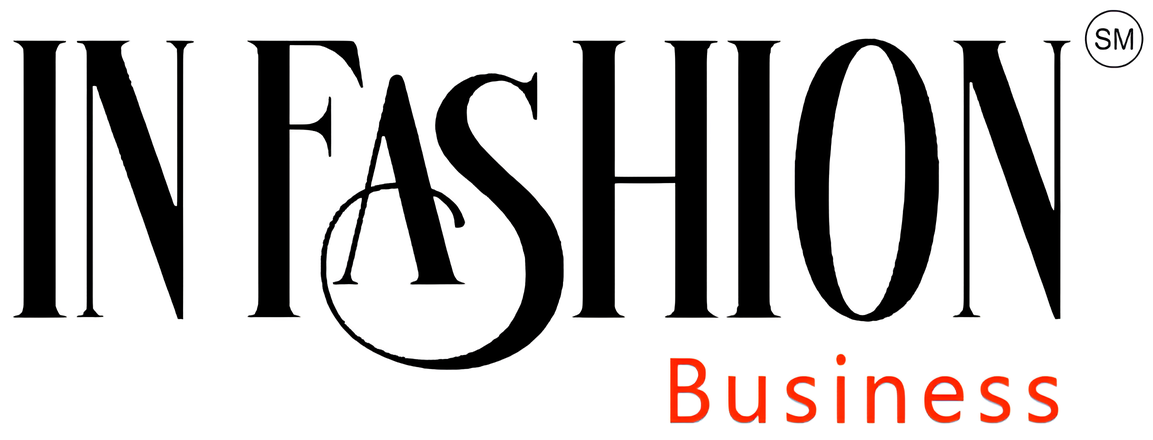CITI US TARIFF TEXTILE SECTOR INDIA 25% TARIFF PENALTY AMOUNT BILATERAL TRADE AGREEMENT US PRESIDENT DONALD TRUMP EXPORTS APPAREL BANGLADESH INDONESIA VIETNAM CAMBODIA DUTY DIFFERENTIAL UNCERTAINTY RAKESH MEHRA GOVERNMENT SUPPORT MSMEs NATIONAL
NEW DELHI, INDIA
By IFAB MEDIA - NEWS BUREAU - July 31, 2025 | 251 3 minutes read
The Confederation of Indian Textile Industry (CITI) feels that the new US tariff rate for India presents a stiff challenge for India’s textile sector. However, CITI remains hopeful that the tariff issue will get resolved once the proposed bilateral trade agreement (BTA) between India and the United States is in place.
US President Donald Trump has announced a 25% tariff on India plus a “penalty” amount which has not been specified, effective August 1. The US is India’s largest market for textile and apparel exports. During January-May 2025, US imports of textile and apparel from India were valued at $4.59 billion, a rise of more than 13% compared to the same period last year when the figure stood at $4.05 billion.
The US has imposed a 35% tariff on exports from Bangladesh. The US tariff rate for Indonesia, Vietnam, and Cambodia have been fixed at 19%, 20%, and 36% respectively.
“Without a doubt, the new tariff rate is going to seriously test the resolve and resilience of India’s textile and apparel exporters as we will not enjoy a significant duty differential advantage vis-à-vis many other countries, except Bangladesh, with whom we compete for a larger share of the US market. The lack of clarity on the penalty amount further adds to the uncertainty for businesses as planning becomes difficult,” CITI Chairman Rakesh Mehra said.
“That said, CITI anticipates the tariff issue to get resolved following the BTA between India and the US. In the interim, we will have to deal with this tough situation in the best manner possible by doing all we can to raise the competitiveness of the Indian textile and apparel domain,” Mehra added.
Mehra said CITI would look forward to the government working out a mechanism to aid exporters to counter the adverse impact of the US tariffs on India’s textile and apparel arena. “After all, what is at stake is not just export earnings but also employment generation in India, the world’s most populous nation,” Shri Mehra pointed out. India has set itself a target of achieving textile exports worth $100 billion by 2030.
Mehra said CITI is working closely with the government and industry members to raise the business competitiveness of local textile and apparel companies so that these enterprises can become more future-ready organizations. “India’s textile sector is dotted with MSMEs. We are trying to make them more focused on quality, innovation, and sustainability,” Mehra added.











